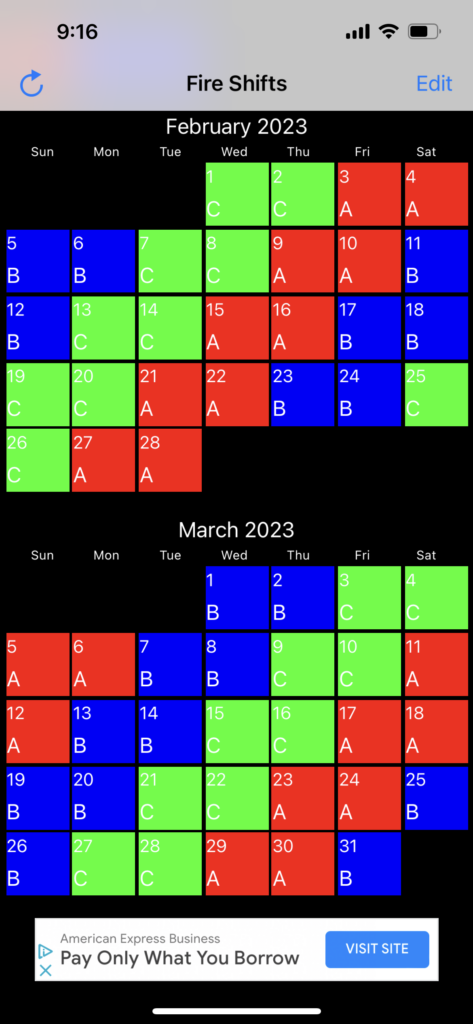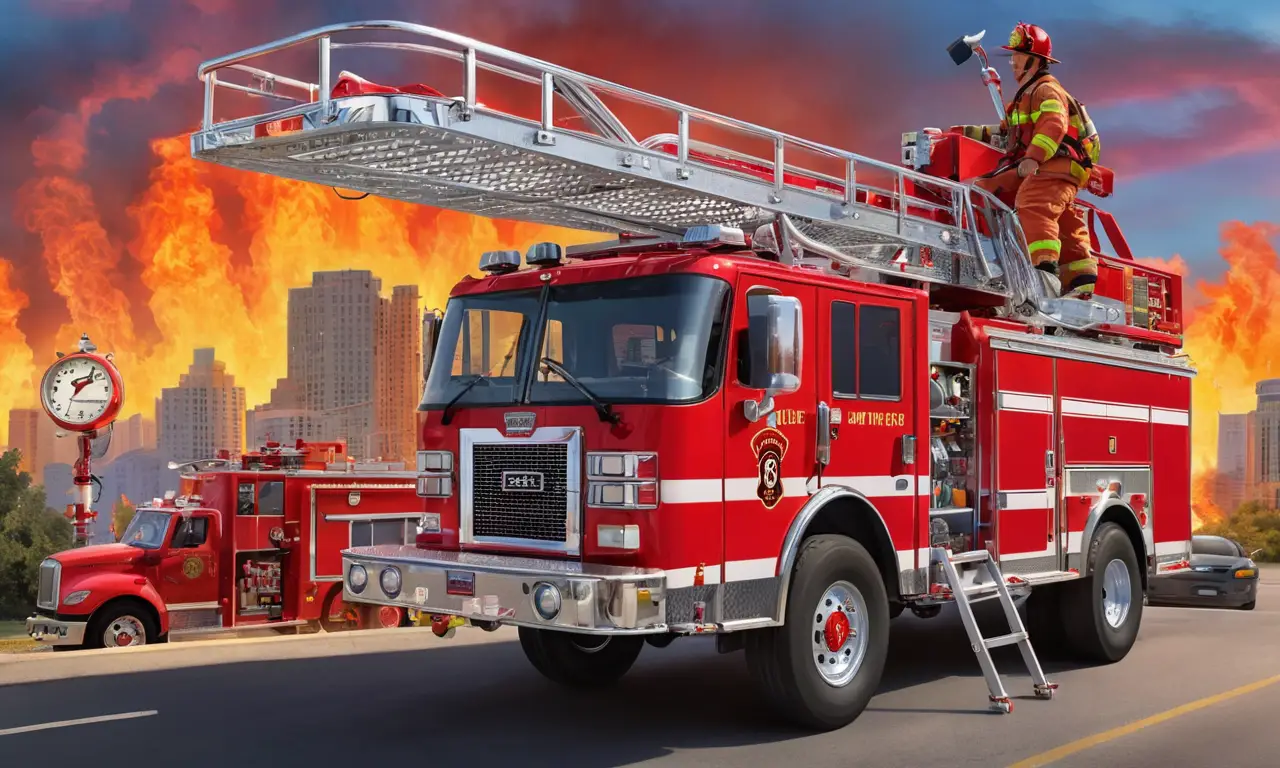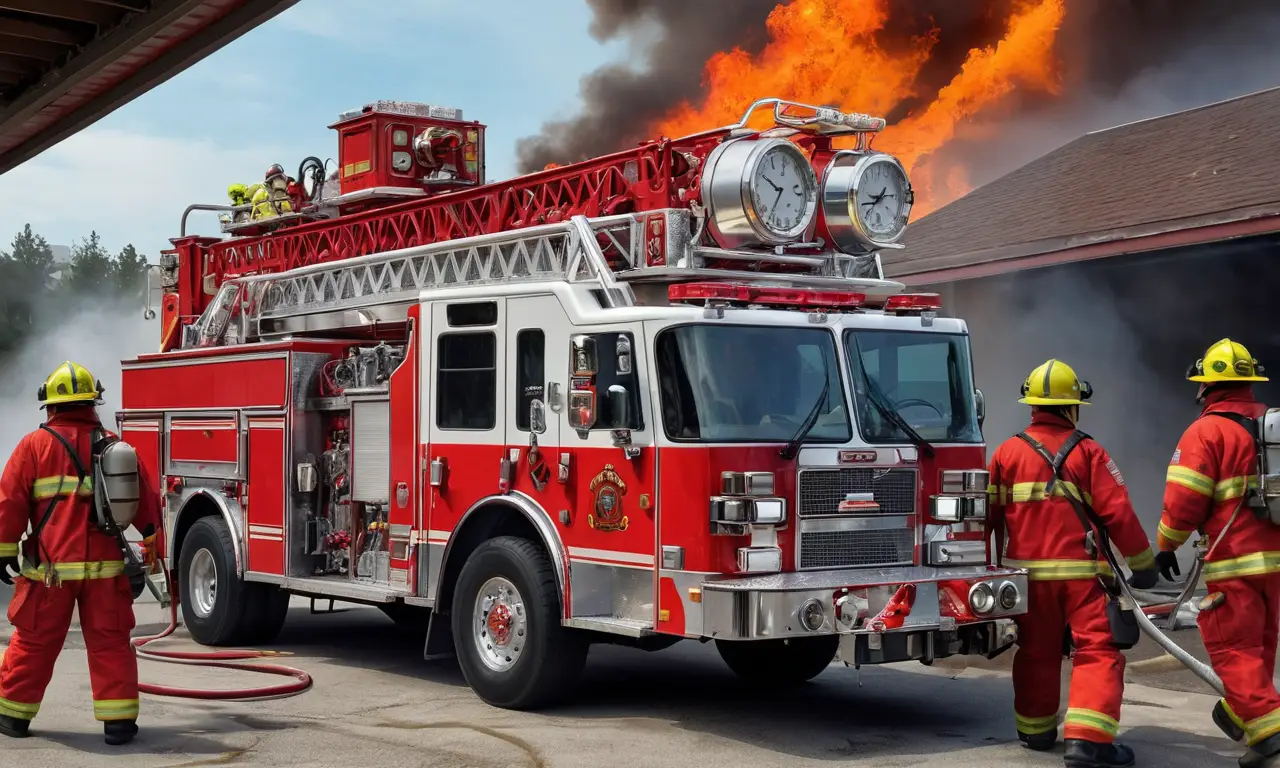
Firefighting is a profession that demands constant vigilance and rapid response. To ensure communities are protected around the clock, firefighters often work unique schedules, including extended shifts of 24 hours or more. These unconventional work patterns are designed to balance the need for continuous coverage with the physical and mental demands of the job.
This article delves into the world of firefighter shifts, explaining how they function, the benefits they offer, and the impact they have on firefighters’ lives. We’ll explore the rationale behind 24-hour schedules, examine their advantages in terms of response times and community safety, and discuss the importance of rest periods for maintaining firefighter readiness.
Firefighter Shifts Explained
Firefighters typically work in shifts that last 24 hours or more, followed by an equal amount of time off. This schedule is often referred to as a “shift rotation” system. A typical fire station might have three crews working on rotating schedules, ensuring continuous coverage throughout the day and night.
The length of a firefighter’s shift can vary depending on factors such as the size of the department, local regulations, and the specific needs of the community. Some departments may utilize shorter shifts, while others employ longer rotations, sometimes exceeding 48 hours. Regardless of the duration, the core principle remains the same: to maintain a constant presence of trained personnel ready to respond to emergencies.
24-Hour Schedule Benefits

The 24-hour shift pattern offers several advantages for both firefighters and the communities they serve. One key benefit is the ability to provide immediate response times to emergencies. With a team of firefighters constantly on duty, there’s no delay in dispatching personnel when an incident occurs. This rapid response can be crucial in minimizing damage, saving lives, and ensuring public safety.
Another advantage is the opportunity for firefighters to develop strong bonds within their crews. Spending extended periods together fosters teamwork, communication, and mutual support. These close-knit relationships are essential for navigating the stressful and demanding nature of firefighting.
Continuous Coverage and Response Times
The 24-hour shift system ensures continuous coverage, meaning there’s always a team of firefighters available to respond to emergencies regardless of the time of day or night. This uninterrupted service is vital for maintaining public safety and providing timely assistance during critical situations.
When an emergency call comes in, the on-duty crew immediately springs into action. They quickly assess the situation, deploy necessary resources, and work diligently to resolve the incident. The continuous presence of trained personnel ensures that communities are protected around the clock, minimizing response times and maximizing safety outcomes.
Rest Periods and Readiness

While 24-hour shifts may seem demanding, they incorporate designated rest periods to ensure firefighter well-being and maintain readiness. During these breaks, firefighters can relax, recharge, and prepare for their next deployment. Adequate rest is crucial for physical and mental recovery, allowing firefighters to perform at their best when responding to emergencies.
Fire stations often provide comfortable sleeping quarters and amenities to facilitate rest during shifts. Furthermore, departments prioritize firefighter health and well-being by offering access to fitness facilities, counseling services, and other resources that promote physical and mental wellness.
Conclusion
The 24-hour shift system employed by firefighters is a testament to their dedication to public safety. This unique work pattern allows for continuous coverage, rapid response times, and the development of strong team bonds. While demanding, these shifts are carefully structured to incorporate rest periods and prioritize firefighter well-being. The 24-hour schedule ensures that communities have access to trained professionals ready to respond to emergencies at any time, safeguarding lives and property around the clock.
